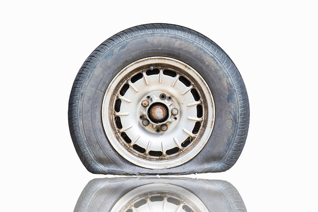John Dalton, an English chemist, experimented on the behaviour of gas mixtures in 1801 and concluded that:
The total pressure exerted by a mixture of non-reacting gases is equal to the sum of the partial pressures of each gas.

This became known as Dalton’s law of partial pressures. The law is best understood using an ideal gas, which is described by the ideal gas law, pV = nRT.
Consider an ideal gas consisting of a mixture of chemical species in a rigid container at constant temperature. Since ideal gas particles are assumed to be point masses with elastic collisions and no intermolecular forces of interaction, they are expected to collide onto the walls of the container independently from one another in the mixture. The total pressure exerted by the gas mixture on the walls of the container is therefore proportional to the total number of particles of ideal gases in the container. The ideal gas law then becomes:
where pT is the total pressure of the gas mixture and ni is the number of moles of gas i in the mixture.
Expanding eq16 gives:
where pi is known as the partial pressure of gas i:
Dividing eq18 with eq16 and rearranging yields:
where is the mole fraction of gas i.
Even though eq17 and eq19 are derived from the ideal gas law, they are applicable to real gases in many situations, especially in their dilute forms.

Question
What is the partial pressure of He in a balloon that is filled with He and 0.410 atm of N2, assuming atmospheric pressure is 760.0 mmHg?
Answer
Since 760.0 mmHg = 1.000 atm, pHe = 1.000 – 0.410 = 0.59 atm